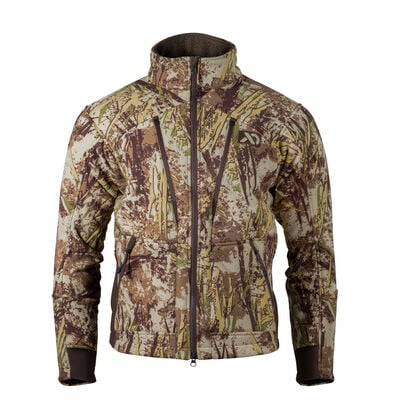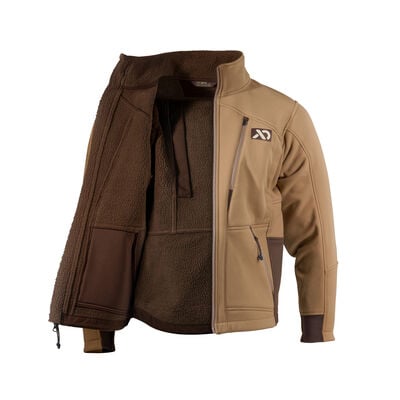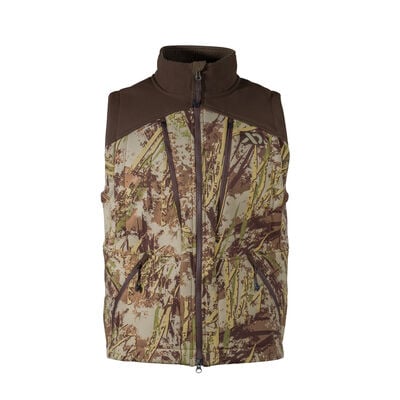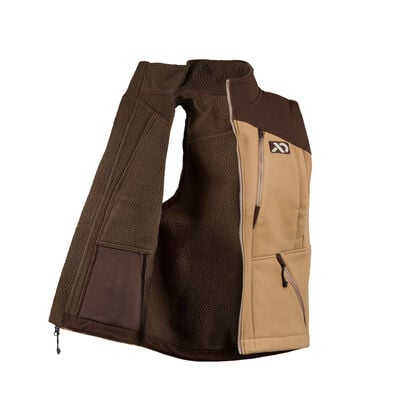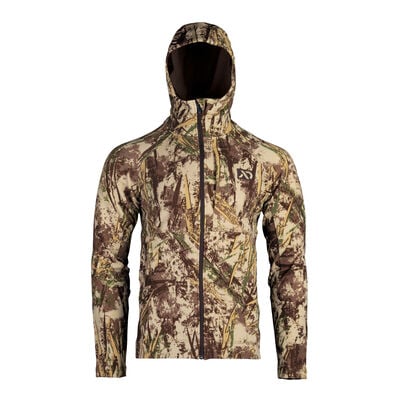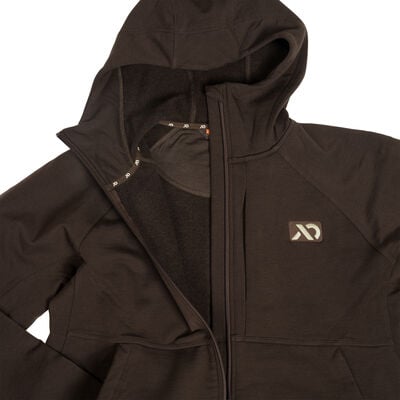TYPHA™ IS HERE
Waterfowling is a grind. 2:00 AM wake-up calls, freezing rain, driving whitecaps; it's not for the faint of heart. Both your success and safety depend on your clothing system. We leveraged the expertise of our product development team, outfitters, experts, and our employees' passion for duck hunting. With this experience in mind, we created a camo pattern, Typha, and a line that's rooted in bombproof construction and smarter design, culminating in deadly efficacy for the most dedicated duck and goose hunters – the fanatics, the guides, and the 100+ day workhorses. This gear and Typha has been tested across every flyway in North America, from the Chesapeake to the Columbia, from Louisiana to Minnesota. The result will change waterfowling forever.
.jpg)



TYPHA IS THE GENUS OF WETLAND VEGETATION BETTER KNOWN THROUGHOUT NORTH AMERICA AS REEDS, CATTAILS, AND BULRUSH; MOST COMMON IN THE AQUATIC AND SEMI-AQUATIC HABITATS THAT DUCKS AND GEESE CALL HOME, MAKING FOR A UNIQUE AND SCIENTIFICALLY ACCURATE NAME FOR A CAMOUFLAGE PATTERN THIS TECHNICAL.
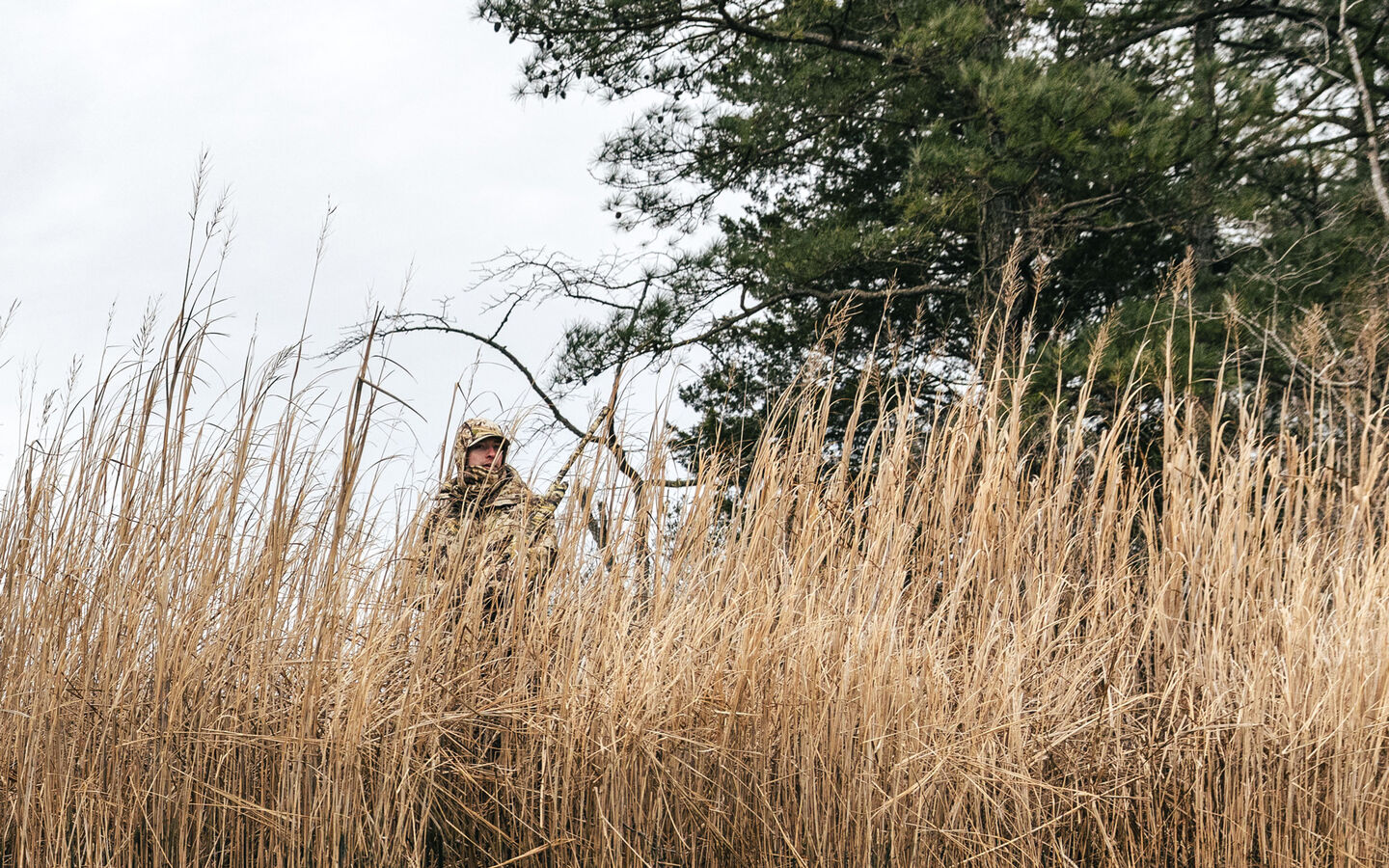
RESEARCHED & TESTED
The design of our new waterfowl pattern began by examining the evolution of duck hunting concealment with waterfowl communities across every flyway. Using what we learned, we applied First Lite’s nature-based algorithm of concealment to build a strong foundation of large shapes and textures that would maximize macro-breakup when viewed at a distance. Next, we overlaid environmental abstracts consistent with marsh and field environments to create multiple levels of micro-visual disruption when viewed at closer distances. We then identified our favorite breakup elements from our own patterns over the years, as well as their shortcomings when applied to the demands of waterfowl.
FINE TUNED & FIELD-READY
The last--and perhaps most critical step of the design process--was color balance. Fine tuning our color palette with enough contrast to create significant focal depth confusion while maintaining muted tones that would blend seamlessly with a variety of waterfowl environments proved to be no easy task. But finally, after 11 rounds of design, six different color variants, and two years of testing, Typha Camouflage was born.
.jpg)








